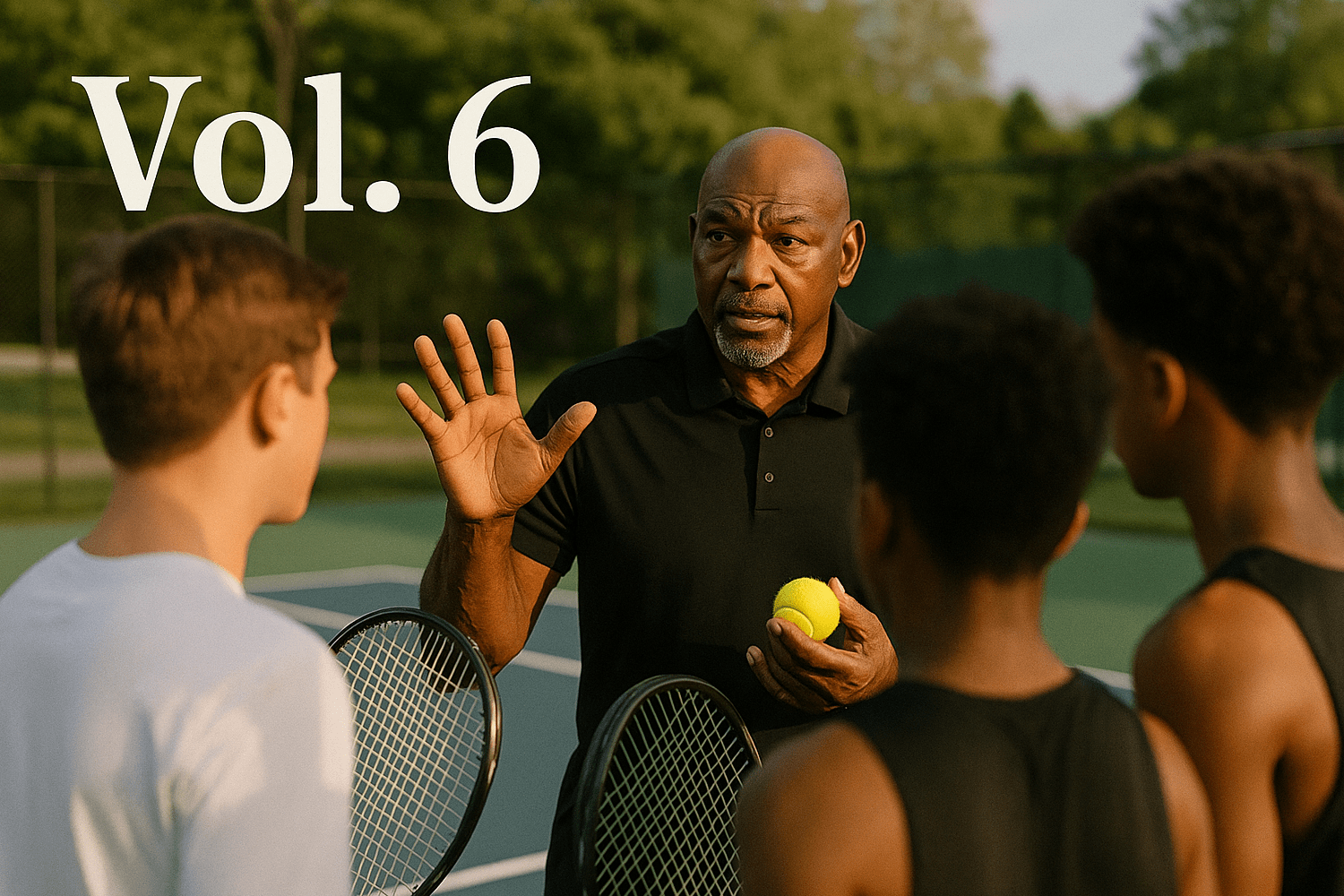New to volleyball? Ready to build a solid foundation with simple but effective drills? This guide covers key beginner exercises from serving and passing to hitting and blocking that will sharpen your technique and elevate your game.
Let’s get to it!
1. Serving Drills
Serving is one of volleyball’s core skills and a major game-changer when done right. The following three drills will help you boost accuracy, master the float serve, and get started with the jump serve.
Run these regularly to build a consistent and powerful serve.
1.1 Target Serving Drill
The goal here is precision. Set up targets in different court zones to improve your aim and consistency. Start with bigger targets, then shrink them as your control improves. Smaller targets force sharper focus.
Key tips:
- Place multiple targets across the court
- Begin with the larger ones, then work your way down
- Hit each target repeatedly in practice
- Try different toss heights, angles, and body positions to see what works best
This drill builds muscle memory and sharpens your serving technique.
1.2 Float Serve Drill
The float serve is tricky to return because it has no spin, and that’s exactly what makes it so effective. The key is to strike the ball flat at its center.
Focus on:
- Contacting the midline of the ball
- Keeping your hand flat and relaxed
- Serving with no spin
- Maintaining body balance and follow-through
Repetition is essential here. The more you practice, the more natural the motion becomes.
1.3 Jump Serve Drill
Looking to serve with power and pace? The jump serve is your go-to. This drill focuses on timing, leg power, and upper-body coordination.
Here’s how to do it:
- Explode upward using strong footwork
- Time your swing to meet the ball at its peak
- Use your legs to generate power, not just your arms
- Sync your arm swing and body motion
A strong jump serve puts serious pressure on your opponents and gives you a major edge.
Good luck on the court!
Street Arena – Game On! Move On!
DRIBBLING AND FEINTING
Dribbling and feinting are key elements of the game. Mastering the ball with various techniques, at different speeds, and combined with deceptive movements gives the player a chance to break free from marking and take a shot on goal. Many players in mini-football enjoy using these moves, but often at the expense of team play. If a teammate is in a favorable position, it’s better to pass the ball to them. A timely and accurate pass can often be more dangerous than dribbling.
Exercises
1. DRIBBLERS
This exercise is done as a relay race. 2–3 teams with an equal number of players participate. The teams line up behind the start line in columns of one. A pass line is drawn 5 steps away from the start. Upon the signal, the first player in each team dribbles the ball in a straight line to the turning point (29 steps away), then dribbles back. After passing the line, they pass the ball to the next player and take their place at the end of the line. Each player should perform three dribbles. The team that finishes the relay the fastest wins.
2. ONLY FORWARD
Two players compete. One has the ball and dribbles it for 3-4 steps, then passes it to a teammate moving parallel at a distance of 4–5 steps. The teammate receives the ball and repeats the same action. The non-ball player must open up forward quickly when the teammate is about to pass. The player with the ball must see the movement of the partner and make the pass accordingly.
3. FEINT AROUND YOUR PARTNERS
Several players line up in a column, maintaining a distance of 2–3 steps. The column moves slowly across the field. The last player has the ball and must dribble around each teammate, then take the front position and pass the ball to the last person in the column, who repeats the same.
SHOTS ON GOAL
Players who are proficient in a variety of powerful and unpredictable shots on goal greatly enhance their team’s attacking potential. In mini-football, all players, not just the attackers, should be capable of making precise and quick shots on goal.
Exercises
1. TARGET PRACTICE
Draw a goal on a wall and divide it into squares, each with a number. The partner calls a number, and you shoot at the corresponding target. Take turns making five shots and compare results.
2. SHOOTING ON THE RUN
The shot is made after a low pass from the side, behind, or front. Each player takes 10–12 shots. The goal is to precisely finish the attack while on the move.
3. VOLLEY SHOT
Stand about 11 meters from the goal. Your partner from the side serves the ball, and you aim to volley it into the goal. Afterward, switch roles.
4. AERIAL BATTLE
Three players take part. Two stand 6–7 steps from the goal, and the third player is on the goal line, serving balls that drop toward their heads. One player tries to score with a header, while the other defends. This exercise develops aerial skills and the ability to fight for the ball in the air.
Good luck on the field!
StreetArena – Game On! Move on!
